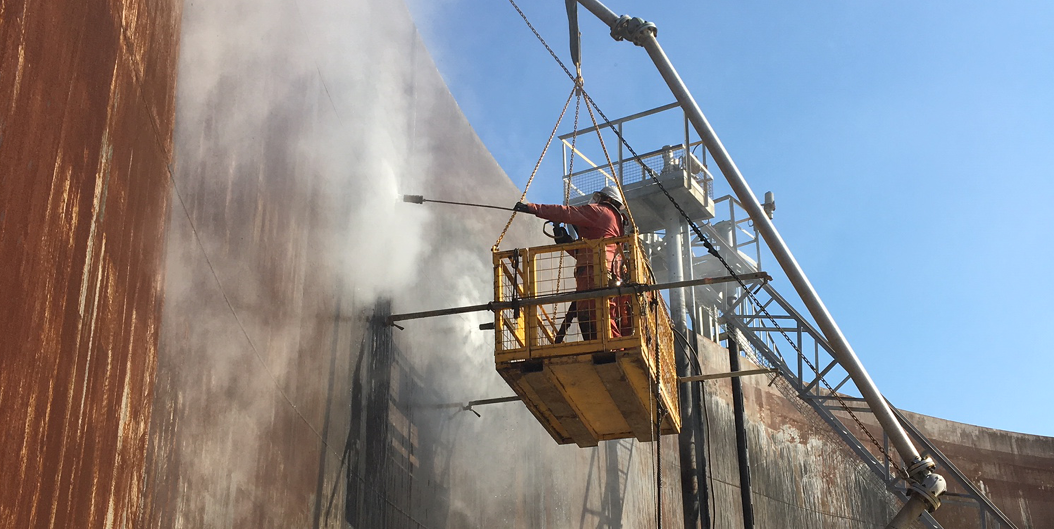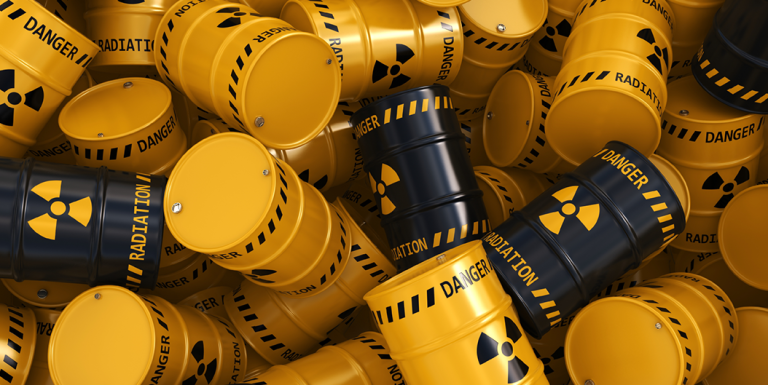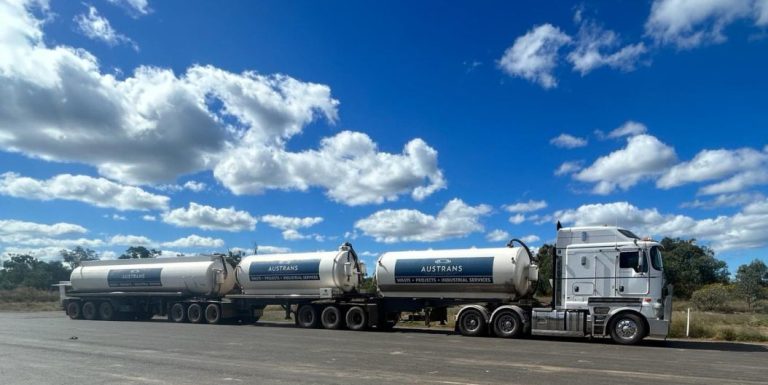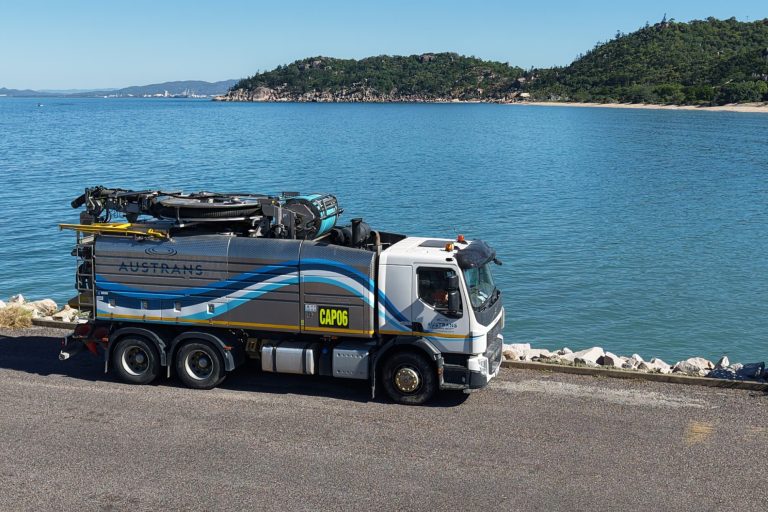Five Concrete Demolition Methods
While concrete demolition is a task that should be treated with caution, the good news is that there are multiple ways to approach these types of projects.
As a construction material, concrete often ticks all of the right boxes. Famed for its durability, practicality, concrete is actually the second most used substance in the world after water, and is considered to be the most widely used building material on a global scale.
Since concrete is a composite material bonded together with a fluid cement paste that hardens over time, the super strength of this material also makes it incredibly difficult to abolish. Irrespective of whether a concrete structure needs to be removed or is too damaged to repair, choosing the right concrete demolition method requires careful thought.
Five Concrete Demolition Techniques Used In Australia
As a general rule, concrete can deteriorate due to chloride intrusion, oxygen-water exposure, corrosive chemical environment surrounding reinforcing steel, drop in alkalinity, and the improper placement or concrete coverage of steel reinforcement.
More often than not, fixing any damage with a decorative topping or patching the concrete before resurfacing is considered to be a short-term fix, but will soon display the characteristics of damaged concrete. Under such conditions, concrete demolition and replacement is often recommended to ensure that repair work is properly conducted from scratch, and sturdy enough to go the distance over the long term.
In order to successfully do so, there are several methods used for concrete demolition in Australia. However, choosing the right one will often boil down to the type of structure, its proximity to other buildings, and what types of electrical wiring and pipework resides nearby – so what are your options?
Manual Dismantling – Often used to demolish a certain portion of a concrete structure such as slabs or walls, dismantling involves cutting concrete elements into smaller pieces using a saw, thermic lance or via a water jetting technique. Once completed, the broken sections are usually removed by a crane, but this will depend on the size of the pieces and their weight. This method is often used to emit less dust and noise, particularly in built up areas.
Using A Ball And Crane – For large scale building demolitions, using a crane with a ball attached can be compared to taking a hammer to a tray of biscuits. With this concrete demolition method, a ball – often weighing in excess of 6000 kilograms – is attached to a crane, with the ball either swung or dropped onto the structure that needs to be demolished. While effective, it’s not well suited to all settings because of the high levels of dust, noise and vibration.
Deploying Explosives – When large volumes of concrete have to be removed from a site or structure, explosives can be inserted into a series of predetermined boreholes, which blast and cause the structure to break into smaller pieces. While this concrete demolition method is considered flexible and versatile, it’s not recommended for buildings that are in close proximity to other structures as the air blast and vibrations can be incredibly dangerous.
Pneumatic & Hydraulic Breakers – Often used for concrete demolition projects that involve bridge decks, foundations and pavement, hand-held or boom mounted pneumatic and hydraulic breakers are often considered to be the tool of choice. However, the amount of work accomplished using these methods depends on the hammer size, strength of the concrete, the amount of steel reinforcing used in the concrete, plus pre-existing working conditions.
High Pressure Water Blasting – Otherwise known as hydro demolition, this method uses high pressure water jets to penetrate a concrete matrix, breaking it down into smaller pieces without the risk of any structural vibration, damage to reinforcement or adjacent elements. In addition, this technique can also be used to remove any excess debris, with a select number of contractors also able to remove said waste.
Ultimately, any successful concrete demolition project will hinge on the quality of the machine, the experience of the staff member handling it, and the communication between the service provider and the customer.
If any of these components fall flat, the customer risks missing out on the benefits of a job well done, and potentially exposes themselves, their staff and even members of the public to a potentially dangerous working environment. Thankfully, the Austrans Group has a reputation for world class service with a tailored approach.
Meet The Experts In Hydro Demolition Services
Established in 1999, the Austrans Group is proudly Australian owned and operated, and is now recognised as an industry leader in waste management, industrial services, project management, and hydro demolition services.
From public infrastructure to assisting in massive environmental rehabilitation and providing complete disaster recovery support, Austrans have done it all, and have the expertise to get the job done.
Our ability to meet or exceed expectations has created a reputation of reliability and integrity, and has elevated Austrans to its current position as a major service provider with clients all over Australia. To discuss how we can work together, get in touch with us today.








One Comment
Comments are closed.